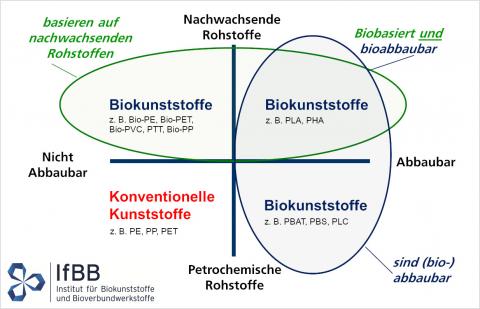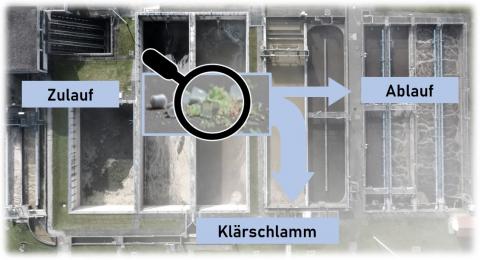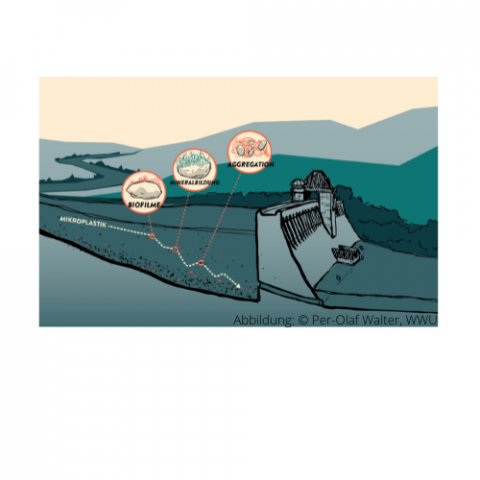Factsheet 8: Biodegradability of bioplastics - Correct disposal depends on a number of factors
Unlike conventional plastics, many bioplastics are biodegradable. This means that there are microorganisms such as bacteria and fungi that can absorb and metabolize these bioplastics as a source of energy.









